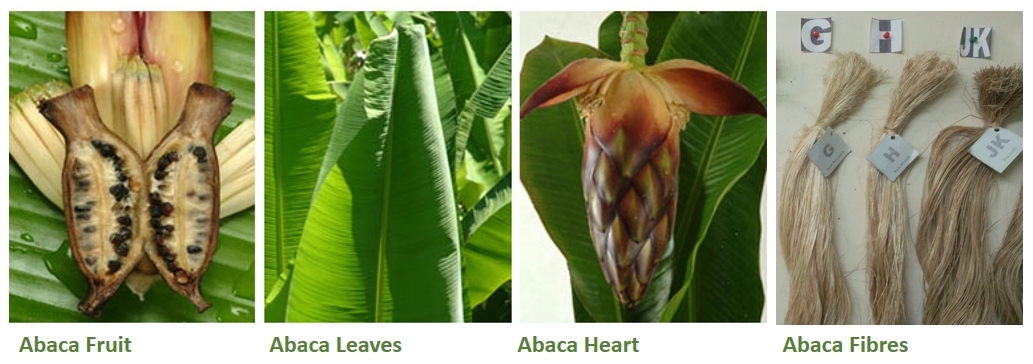Abaca fibers were already being woven into breathable fabrics, used in hats and made into sturdy sandals in different parts of the Philippines long before the Spaniards arrived in 1521. Up to the late 19th century, there were 12 different varieties of Abaca, which are a species of banana. Each variety has its certain advantageous qualities, depending on its use. Internationaly the fibre is also known as Manila Hemp, even it is not actually hemp. The abaca pulp is used by the paper industry for tea bags, banknotes and decorative papers.

At present the Philippines have close to 180 000 hectar of abaca farming land. The largest importers of abaca fibres are USA, United Kingdom and Japan. For abaca pulp the biggest importers are Germany and the UK. While other plant materials like seeds and flowers are freely shared among countries, particularly among research centers, the abaca plant on the Philippines is a restricted material and government regulated.
Link to: Nature & Farming in the Philippine – ABACA
Link to: Video about Abaca farming in the Philippine
Link to: PhilFIDA fibre production statistic 2017
Source: PhilFIDA – 2017
Related Posts

